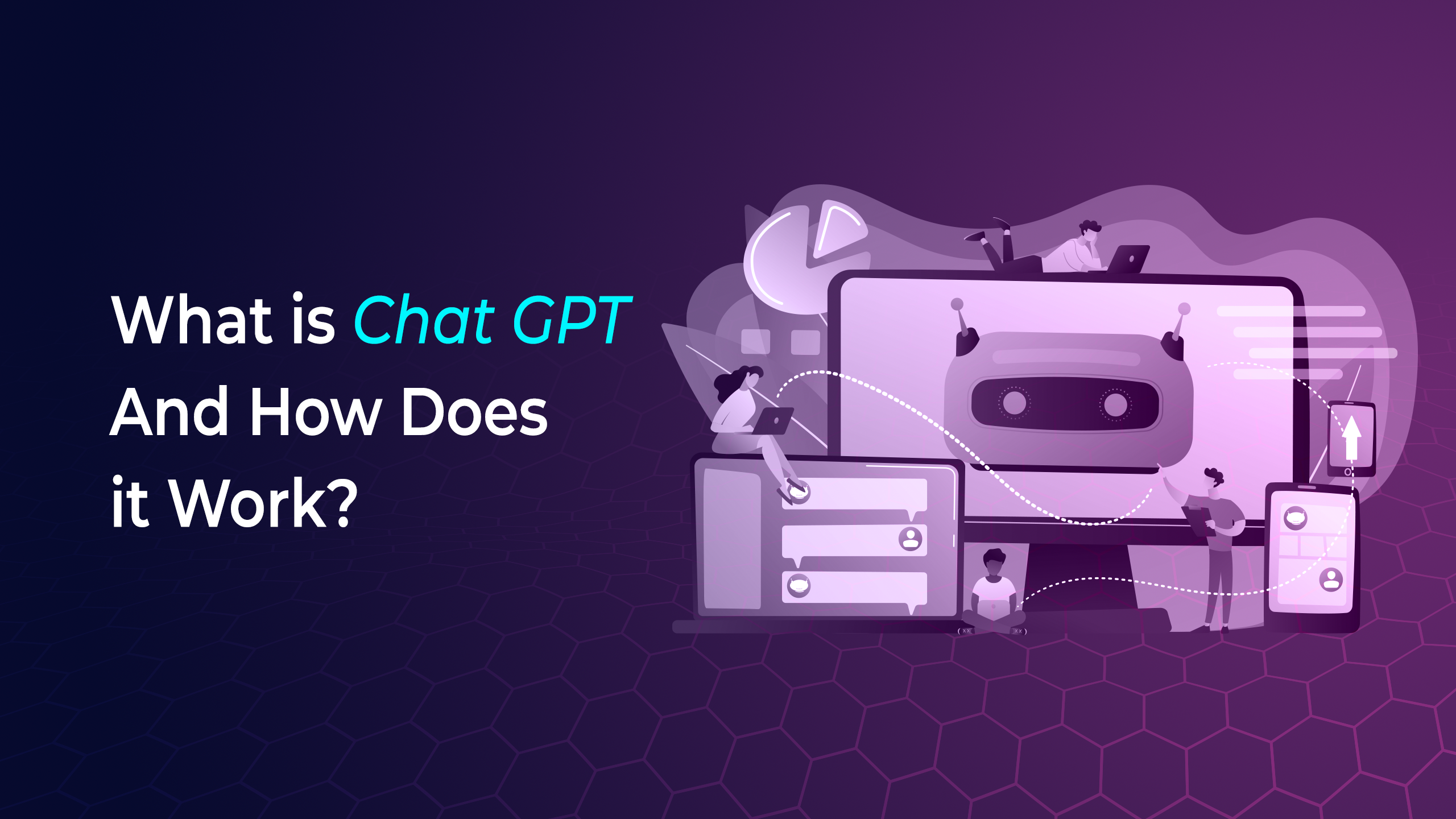The tech world is bustling with a new term – ChatGPT! Since its launch, people are tremendously using this AI-based language model that answers all sorts of questions from funny to smart ones.
Wait, have you been struggling with questions like what is ChatGPT? How ChatGPT works? Does it have any limitations? Will it replace the traditional content format? Everything is explained herewith!
What Is ChatGPT?
OpenAI developed ChatGPT based on GPT-3.5, a large language model chatbot. It is surprisingly capable of interacting in conversational dialogue form and responding in a human-like manner.
A large language model predicts the next word in a series of words.
An additional layer of training is Reinforcement Learning with Human Feedback (RLHF) in which ChatGPT learns to follow directions and generate satisfactory responses.
ChatGPT Statistics
- Most people have interacted with AI chatbots at least once, out of the people aware of the concept.
- Within 5 days of its release, ChatGPT reached 1 million users. As a general rule, Instagram’s growth took 67 days to reach its peak popularity.
- By the end of 2023, OpenAI expects to generate $200 million in revenue.
How Does ChatGPT Work?
ChatGPT is free during the research preview, but only during OpenAI. One can start using ChatGPT by clicking on the Try ChatGPT button on the OpenAI website. Using ChatGPT is as simple as signing up or using your OpenAI account. Also, a sample is provided on the company’s web page.
In order to make the model more conversational and fine-tuned, OpenAI used Reinforcement Learning from Human Feedback (RLHF). Human AI trainers acted as both user and AI assistants in supervised fine-tuning training to train an initial model. A model-written suggestion helped the trainers compose their responses, it says.
ChatGPT can be used for free for a limited time only during the research phase. Sam Altman, CEO of OpenAI, has already hinted that the platform could be monetized in the future. If asked if the service will always be free, he responded in a tweet that the compute costs were eye-watering.
Are There Any Limitations of ChatGPT?
Generative Pre-Trained Transformer (GPT) ChatGPT is the most recent technology in the GPT family. Simply put, it is an AI that generates text automatically. There are, however, some limitations and errors in it. Despite its plausible-sounding answers, OpenAI admits ChatGPT sometimes produces nonsensical or incorrect responses. Furthermore, the model often overuses certain phrases and is excessively verbose. The chatbot also responds to the language you use. When given a slightly different query, it may not know the answer, for example.
Are the Traditional Content Formats Going to be Replaced by ChatGPT’s AI Content?
By using ChatGPT, high-quality content was generated in seconds, significantly impacting the segment of content creation. In trying to find the limitations, writers, SEO experts, content creators, and even announcers and casters might have discovered them along the way.
ChatGPT lacks no flaw, but its perfection has proven to be its downfall as people have observed that it produces too perfect content. ChatGPT provided false information as it only scraped information available on the internet for the application, leading to a huge debate.
Since the chatbot possessed a large data library to accumulate information, it was able to produce accurate content fast and scale well to meet the demands of users. Its creator, however, warned not to believe the information provided by it since it is still in beta testing.
In Conclusion
This fascinating topic has many unanswered questions, and with the recent advances in AI and ML, it is only a matter of time before we reach the bottom.
Seeing as how every AI/ML development company and expert sits out there since ChatGPT’s introduction, we can see how they are taking notes and exploring possible applications in the future. It is expected that the AI industry will attract enormous investments shortly and develop into a technology that supports the development of numerous modern innovations.




